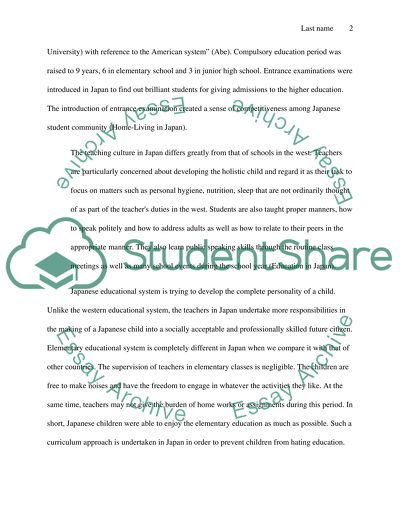Cite this document
(“Japan's Education System Before And After World War Two Essay”, n.d.)
Retrieved from https://studentshare.org/education/1423418-japans-education-system-before-and-after-world-war-two
Retrieved from https://studentshare.org/education/1423418-japans-education-system-before-and-after-world-war-two
(Japan'S Education System Before And After World War Two Essay)
https://studentshare.org/education/1423418-japans-education-system-before-and-after-world-war-two.
https://studentshare.org/education/1423418-japans-education-system-before-and-after-world-war-two.
“Japan'S Education System Before And After World War Two Essay”, n.d. https://studentshare.org/education/1423418-japans-education-system-before-and-after-world-war-two.


